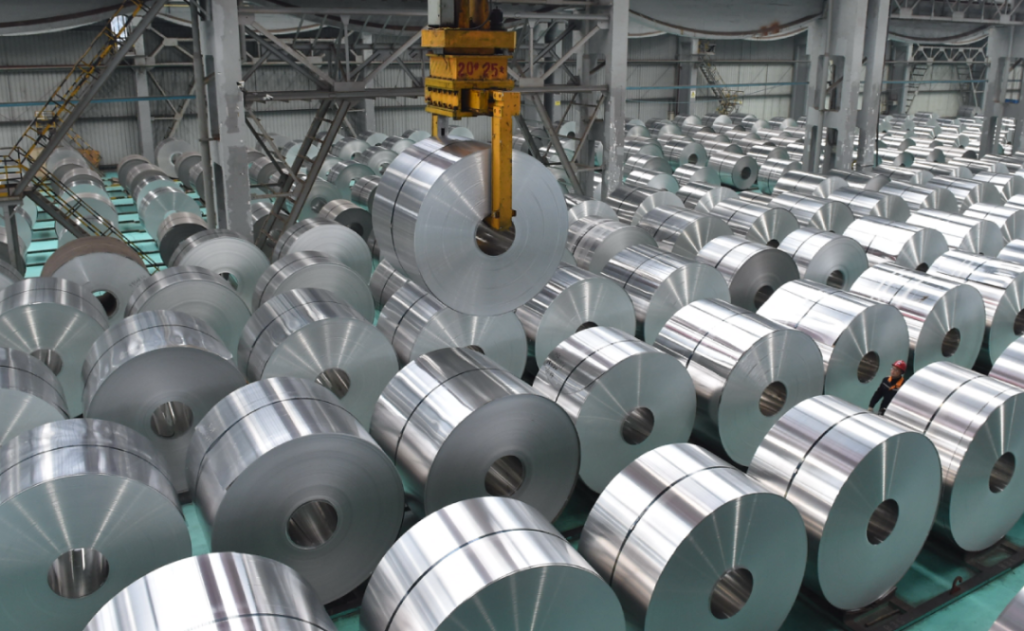Introduction
In the dynamic world of construction and architectural design, aluminum alloy doors and windows have surged in popularity, commanding a significant presence in today’s Chinese consumer market. This rise to prominence isn’t coincidental but a testament to the exceptional qualities of aluminum alloy profiles. This article delves into the essence of aluminum alloy profiles, unraveling the specific advantages that make them the preferred choice for consumers and industry professionals alike.
Understanding Aluminum Alloy Profiles
Aluminum alloy profiles are crafted by infusing aluminum with various metal elements, producing alloys that boast properties unattainable by other materials. This unique composition allows for the creation of profiles that meet the intricate design requirements of modern architecture, offering a blend of strength and flexibility that is unparalleled.
Advantages of Aluminum Alloy Profiles
- Strong Plasticity: The hallmark of aluminum alloy profiles is their remarkable ability to be molded into complex shapes. Their lightweight nature combined with high strength makes them ideal for creating the intricate designs often required by doors and windows.
- Good Sealing Performance: Equipped with exceptional air tightness, water tightness, heat insulation, and sound insulation, aluminum alloy profiles provide an optimal solution for enhancing the comfort and efficiency of buildings.
- Long Service Life: Aluminum’s resistance to corrosion, minimal deformation, and fire resistance contribute to an impressive service life of over 50 years, ensuring longevity and durability.
- Environmental Protection and Energy Saving: The integration of thermal insulation materials, such as nylon 66, in Broken Bridge Aluminum profiles significantly reduces heat conduction, offering an eco-friendly solution that conserves energy while ensuring excellent heat and sound insulation.
- Excellent Weather Resistance: Treated with various surface processes, aluminum alloy profiles withstand the harsh effects of acid, alkali, air pollution, acid rain, and UV rays, maintaining their color and luster over time.
- Elegant Decorative Effect: The aesthetic appeal of aluminum alloy profiles is enhanced through diverse surface treatments, including powder spraying, anodizing, electrophoretic coating, and wood grain transfer, offering a broad spectrum of colors and textures to meet any design preference.
Applications in the Door and Window Industry
The unique properties of aluminum alloy profiles have made them a cornerstone in the door and window industry. Their adaptability and performance ensure that they not only meet but exceed the structural and aesthetic requirements of modern buildings, providing both functionality and beauty.
Choosing the Right Aluminum Alloy Profile
Selecting the right aluminum alloy profile involves considering the specific needs of your project. Factors such as the intended application, environmental conditions, and aesthetic preferences should guide your choice, ensuring that the selected profile meets your requirements in terms of performance and appearance.
Conclusion
Aluminum alloy doors and windows represent the pinnacle of innovation in the construction industry, offering a combination of durability, efficiency, and aesthetic appeal that is unmatched. With their broad range of advantages, these profiles stand out as the material of choice for consumers and professionals looking to elevate their projects. As we continue to embrace the potential of aluminum alloys, their role in shaping the future of architecture and design is undoubtedly significant.

